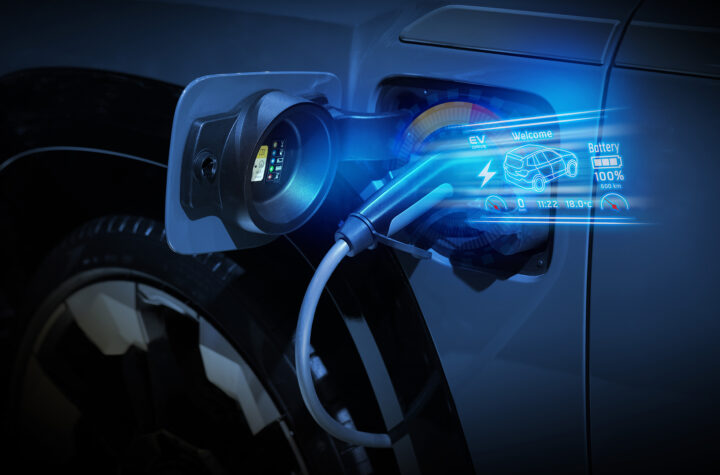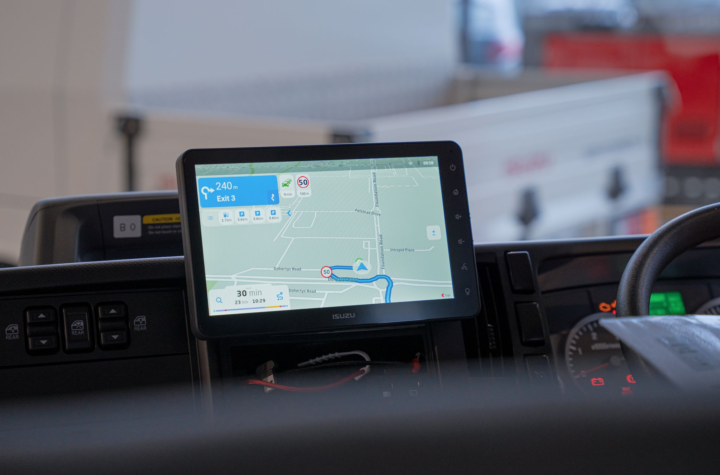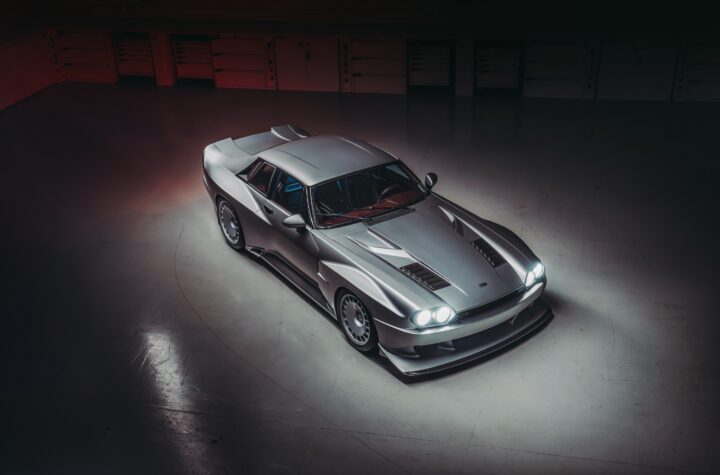
BMW has taken a holistic approach in the search for greater fuel efficiency. The company has invented its own name for the drive – EfficientDynamics which, it says, “covers all areas of automobile develop¬ment within the BMW Groupâ€.
Engineering solutions have not been allowed to take precedence over the brand. As BMW says, “it is part of BMW’s philosophy to weigh the assets of the brand against the benefits actually offered to the customer in introducing a new technical solutionâ€. Through this process, the company has developed what it claims is the “world’s first second-generation direct injection power unit able to offer significant fuel savings also in everyday use, without mak¬ing any kind of compromise in terms of power and performanceâ€.
Using lean-burn direct injection in the straight-six normal-aspiration power unit, this technology serves to cut fuel consumption by 10 per cent in the EU test cycle compared with the power unit on which the new engine is based. According to BMW, High Precision Fuel Injection differs significantly from first-generation direct gaso¬line injection in that it retains the straight six’s dynamic power and performance, fast-revving engine response, and running smoothness – without making the slightest compromise.
Developing maximum output of 200 kW/272 hp and peak torque of 315 Newton-meters or 232 lb-ft, the new 3.0-litre with High Precision Fuel In¬jection outperforms the most powerful straight-six with the same displacement featured so far in a BMW production car. BMW says it decided to skip the first generation of direct gasoline injection with its inherent disadvantage of being able to save fuel only within a narrow load range at low engine speeds. BMW’s engine development spe¬cialists took on the challenge to develop an alternative solution for minimum fuel consumption.
This led to the introduction of BMW’s throttle-free Valvetronic engine load management. Valvetronic is now featured throughout BMW’s entire model range and has proven its value in more than a million cars. BMW’s engineers have succeeded in positioning the injectors directly next to the spark plug to ensure a stable and conical injection jet entering the combustion chamber. The mixture itself is formed in the direct vicinity of the spark plug, avoiding any loss of fuel.
Making optimum use of energy
Only about 25–30 per cent of the energy contained in fuel is actu¬ally converted into drive power on the road. BMW Group engineers are pursuing two objectives: First, to limit the overall uptake of energy without making any concessions in terms of function. Second, to convert the energy in fuel into electrical energy in a smooth and efficient process minimizing any losses in the overall energy balance.
New electrical coolant pumps on BMW’s straight-six power units, for example, operate on demand exactly according to current requirements, meaning that they reach their maximum level of performance only at high and very high speeds. As the coolant pump is driven electrically and is not connected to the engine, it does not withdraw any energy from the drive unit.
In all, this on-demand operation of the coolant pump improves fuel economy in the EU homologation test by approximately two per cent.
Electric power
BMW is managing the generation of electric power to drive an increasing range of functions in its cars through an Intelligent Alternator Control, which includes the regeneration of brake en¬ergy (Brake Energy Regeneration) and the supply of such energy into the car’s on-board network.
In a conventional car electrical energy is generated in all driving phases, with the alternator being driven through the crankshaft. BMW is limiting generation to phases in which the engine is not required to deliver drive power. During acceleration, the supply of power to the on-board network will be provided exclusively by the battery. The alternator is re-activated when the engine moves into overrun or if battery charge is insufficient.
The objective of this development process is to generate electricity without requiring engine power and, accordingly, saving energy con¬tained in the fuel. Such “inexpensive†electric power is provided not only in the overrun mode via the alternator, but also through the recuperation of energy released while applying the brakes. Energy previously wasted as heat on the brake discs is also fed into the car’s on-board net¬work.
An important prerequisite for energy management linked directly to driving conditions is proper control and management of the battery charge. The bat¬tery is charged to only about 80 per cent of its capacity as long as the engine is propelling the car. Battery charge exceeding this limit is gene¬rated only in overrun and while the driver is applying the brakes.
100 millisecond gear change
BMW’s new six-speed automatic transmission completes every gearshift pro¬cess faster than even the vast majority of sporting drivers experienced in shifting gears manually, responding in just 100 milliseconds to the driver’s commands. The time required for shifting gears is also shortened 50 per cent compared with a conventional transmission, again enabling the car to instantaneously switch over from a smooth cruising mode to fast and dynamic acceleration in less than a second.
Magnesium
BMW says the overall conditions for using magnesium have improved signif¬icantly in recent times, with this metal now being used, therefore, to a far greater extent than before. Both the seat frames and steering wheel rim, for example, are now made of cast magnesium, just as the instrument panel made of magnesium helps to significantly reduce the weight of the car.
BMW’s straight-six power unit shows how magnesium can directly improve the standard of EfficientDynamics. The crank case on the straight-six is made of composite magnesium/aluminum, which reduces the weight by 10 kg or 22 pounds compared to the previous unit.
Looking at future applications and developments, the BMW Group’s mate¬rials and vehicle development specialists are focusing on new magnesium alloys. A tempting application, for example, would be the use of magnesium on the chassis on suspension, significantly reducing unsprung masses in the process. “Making such concepts reality is a joint task of materials researchers, car makers, suppliers, and production engineers all acting together,†says BMW.














More Stories
Automotive Industries (AI) Newsletter October 2024
How Modern Equipment is Reshaping Automotive Production Standards
Automechanika Shanghai 2024